
Ulver is a Norwegian experimental electronica band founded in 1993, by vocalist Kristoffer Rygg. Their early works, such as debut album Bergtatt, were categorised as folklore-influenced black metal, but the band has since evolved a fluid and increasingly eclectic musical style, blending genres such as experimental rock, electronica, ambient, trip hop, symphonic and chamber traditions, noise, progressive and experimental music into their oeuvre. 1997 marked their international debut with the release of their third album Nattens madrigal through German label Century Media. However, following discord with the label, Kristoffer Rygg formed his own imprint, Jester Records, in 1998.

Nattens Madrigal – Aatte Hymne Til Ulven I Manden is the third studio album by Norwegian band Ulver, issued on 3 March 1997 via Century Media. Composed and arranged during the first half of 1995, Nattens is a concept album about wolves, the night, the moon, and the dark side of mankind.

A Quick Fix of Melancholy is the fourth EP by Norwegian experimental collective Ulver. Produced in the Winter of 2002, the EP was issued on 26 August 2003 via Jester Records. A precursor to the album, Blood Inside, A Quick Fix of Melancholy showcases the band's ability to seamlessly combine ambient and electronic music with orchestral elements.
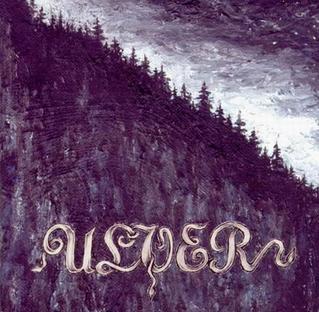
Bergtatt – Et eeventyr i 5 capitler is the debut studio album by the Norwegian band Ulver, issued on February, 1995 via Head Not Found. The album was recorded at Endless Lydstudio in Oslo in November and December 1994 with Kristian Romsøe as engineer and co-producer.
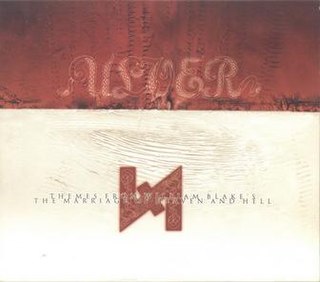
Themes from William Blake's The Marriage of Heaven and Hell is the fourth studio album by Norwegian experimental electronica band Ulver. Produced with Kristoffer Rygg, together with Knut Magne Valle and Tore Ylwizaker, it was issued on 17 December 1998 via Jester Records. It is a musical adaptation of William Blake's poem The Marriage of Heaven and Hell. The album blends electronics, industrial music elements, progressive metal, avant-garde rock and ambient passages, following Blake's plates as track indexes. Stine Grytøyr, Ihsahn, Samoth and Fenriz all feature as guest vocalists.

Kveldssanger is the second studio album by Norwegian band Ulver, issued in March 1996 via Head Not Found. The album was recorded at Endless Lydstudio, Oslo, Norway in the summer and autumn of 1995, with Kristian Romsøe as engineer and co-producer.

Perdition City is the fifth studio album by Norwegian experimental electronica band Ulver, issued in March 2000, via Jester Records. The album was recorded and produced by Kristoffer Rygg and Tore Ylwizaker, mixed by Ylwizaker at Beep Jam Studio and mastered by Audun Strype at Strype Audio.
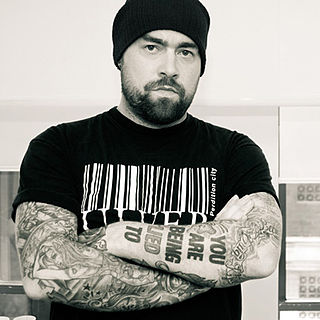
Kristoffer Rygg, also known as Garm, Trickster G. Rex and God Head, is a heavy-metal vocalist, musician and producer known primarily for his work with Ulver, Arcturus, and Borknagar.

Metamorphosis is the first EP by Norwegian experimental electronica band Ulver. Written and produced by Kristoffer Rygg and Tore Ylwizaker, the EP was issued on 27 September 1999 via Jester Records. The EP showcased Ulver's new electronic musical direction that would become more readily apparent on the album Perdition City.
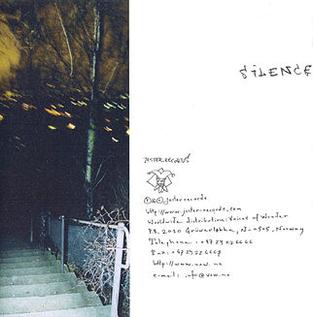
Silence Teaches You How to Sing is an EP by Norwegian experimental electronica band Ulver. Recorded and mixed in February 2001, the EP was issued by Jester Records in September 2001. Loosely recorded during the sessions for the Perdition City, together with Silencing the Singing, the EP is a subtle counterpart to the more dramatic full-length, issued in March 2000.

Silencing The Singing is an EP by Norwegian experimental collective Ulver. Recorded and mixed in February 2001, the EP was issued by Jester Records in December 2001. Loosely recorded during the sessions for the Perdition City, together with Silence Teaches You How to Sing, the EP is a subtle counterpart to the more dramatic full-length, issued in March 2000.
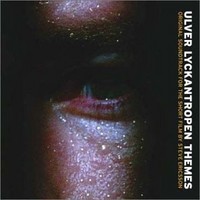
Lyckantropen Themes is an original soundtrack album by Norwegian experimental electronica band Ulver. Produced by Ulver on mobile equipment in Oslo, Norway and Stockholm, Sweden in May 2002 for the Swedish short film Lyckantropen, the album was issued in November 2002 via Jester Records. Lyckantropen Themes is Ulver's first foray into film soundtrack music, although musically it has continuity with their previously released EPs, Silence Teaches You How to Sing and Silencing the Singing. The soundtrack has been described as “ambiguous moods and lurking-in-the-shadows electronic ambiances, setting the alternately suspenseful and melancholy mood of the soundtrack.”

Shadows of the Sun is the seventh studio album by the Norwegian experimental electronica band Ulver. Produced by Ulver, the album was issued in October 2007 via Jester Records and The End Records. Officially announced on 13 July 2007, Shadows of the Sun received critical acclaim on release, and was described as "dark and tragic", with "soothing electronics and natural percussion". The album features contributions from Pamelia Kurstin on theremin, Mathias Eick on trumpet, and Austrian white noise musician Christian Fennesz adding electronics and helping Ulver to correspond with their vision on the final product.
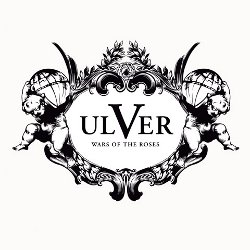
Wars of the Roses is the eighth studio album by the Norwegian experimental electronica band Ulver. The album was produced by Ulver, with John Fryer and Jaime Gomez Arellano, and issued in the UK on 25 April 2011 via Jester Records and Kscope, preceded by a single, "February MMX", in February. The album was released in the U.S. on 3 May 2011. Wars of the Roses is the first album to feature new member, British composer and multi-instrumentalist Daniel O'Sullivan.

Childhood's End is a compilation album of cover songs by Norwegian experimental collective Ulver. Produced by Ulver, the album was recorded live in Crystal Canyon Studios, Oslo, over two sessions, in autumn 2008 and summer 2011, and issued in May, 2012 on Jester Records under exclusive license to Kscope.
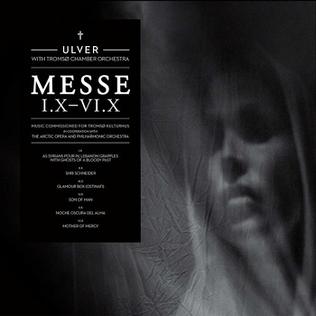
Messe I.X–VI.X is the ninth studio album by the Norwegian experimental electronica band Ulver, created in collaboration with the Tromsø Chamber Orchestra with additional aid from composer Martin Romberg. Written and produced by Ulver, released on October 8, 2013, via Jester Records and Kscope.

Terrestrials is a collaborative studio album by American drone metal band Sunn O))) and Norwegian experimental music group Ulver. Produced by Stephen O'Malley and Kristoffer Rygg, it was released on February 3, 2014, via Southern Lord Records. It has been described as "three live improvisation pieces".
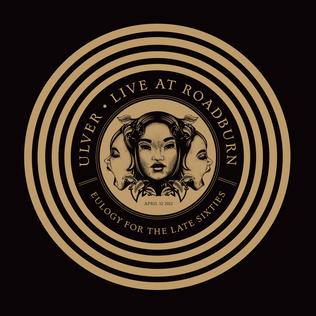
Live at Roadburn is a live album by Norwegian experimental collective Ulver. Produced by Ulver, the album was recorded at the Roadburn Festival, held at 013, Tilburg, in the Netherlands on 12 April 2012, and issued in April 2013 via Roadburn Records.
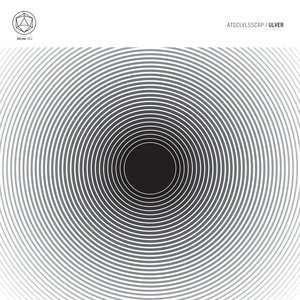
ATGCLVLSSCAP is the tenth studio album by Norwegian experimental electronica band Ulver. Written, performed and produced by Ulver, the album was released on 22 January 2016 via newly formed, London-based label House of Mythology.
This is the discography for Norwegian avant-garde band Ulver.


















